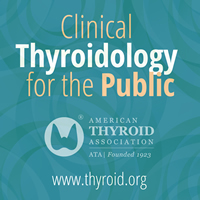Summary
This review is part of a series of annual updates summarizing the evidence base for atopic eczema (AE). It provides a summary of key findings from 28 systematic reviews that were published or indexed during 2016 with a focus on treatment and prevention of AE. There is reasonable evidence of benefit for topical corticosteroids, calcineurin inhibitors, a glycyrrhetinic acid‐containing preparation (Atopiclair®), oral ciclosporin, oral azathioprine, narrowband ultraviolet B radiation and education programmes. Overall, there is evidence that topical corticosteroids and calcineurin inhibitors have similar efficacy and that both can prevent AE flares when used twice weekly as maintenance therapy. However, topical calcineurin inhibitors are costlier and have more adverse reactions, thus topical corticosteroids should remain the standard of care for patients with AE. There is no evidence that multiple applications are better than once‐daily application of topical corticosteroid. There is inconsistent evidence to support omalizumab and specific allergen immunotherapy use in AE. There is some evidence that vitamin D supplementation and synbiotics reduce AE severity, although the margin of improvement may not be clinically meaningful. There is little evidence to support the use of wet wraps or of complementary/alternative medicine (including Chinese herbal medicine). There is some evidence to suggest that a diet high in fish in infancy may be preventative for AE, but other dietary interventions for the prevention of AE show little promise. This review provides a succinct guide for clinicians and patients wishing to remain up to date with the latest evidence for the treatment and prevention of AE.
http://bit.ly/2UBunO9



